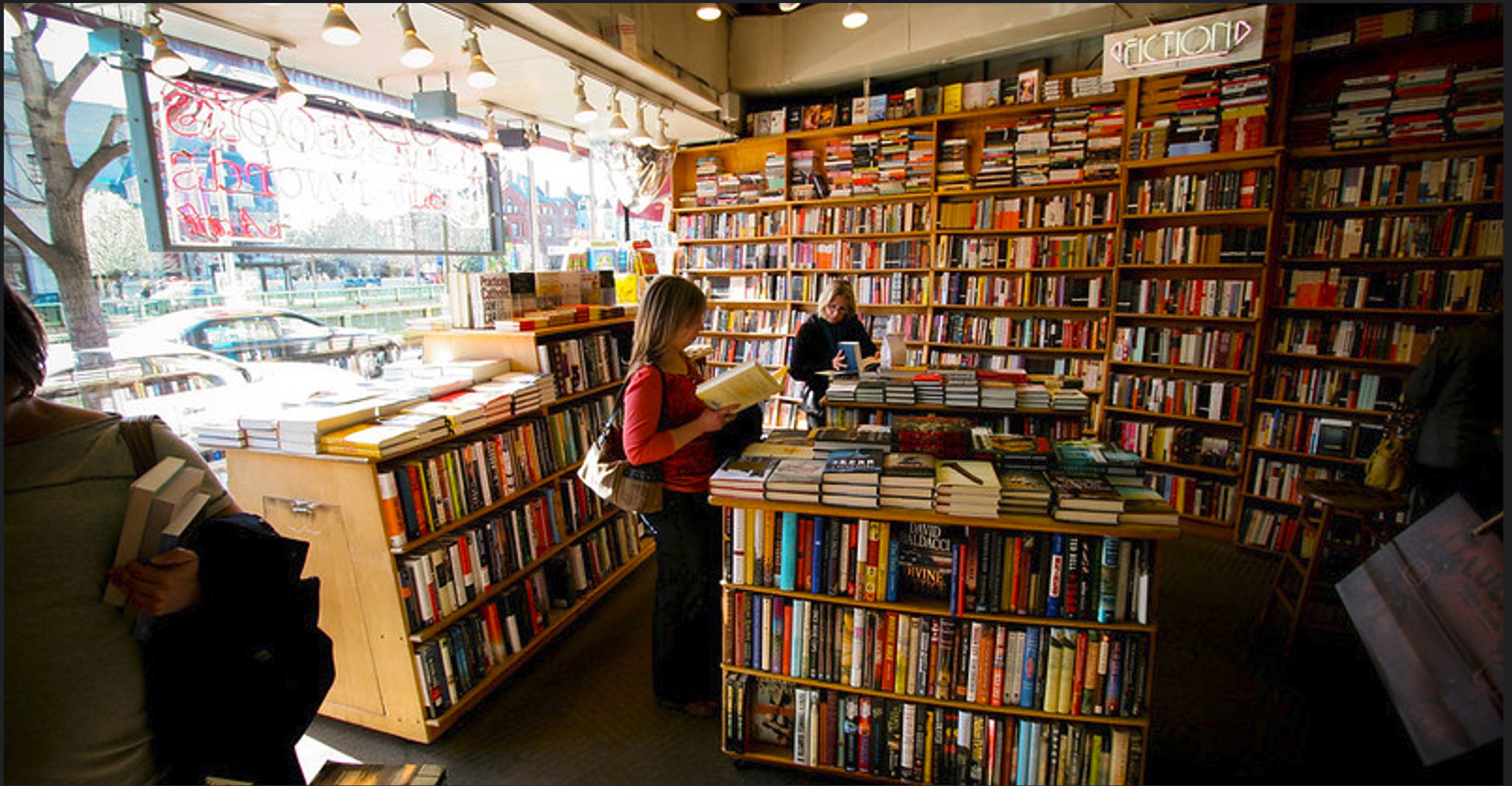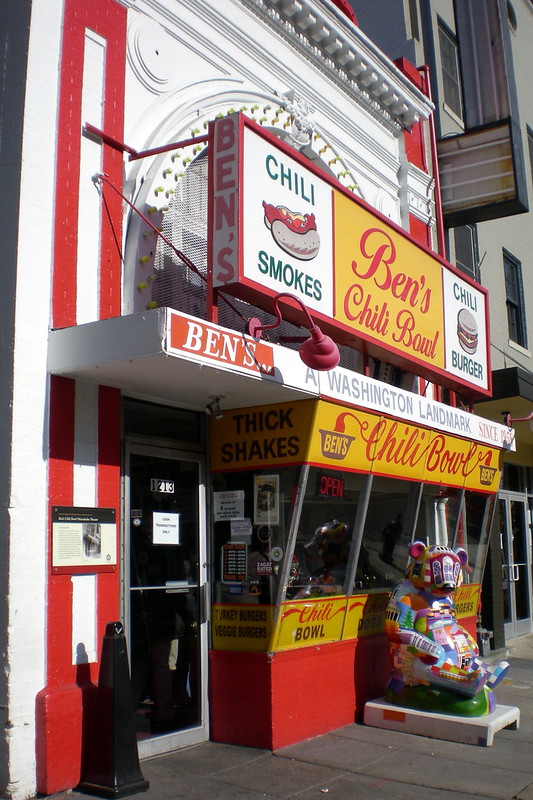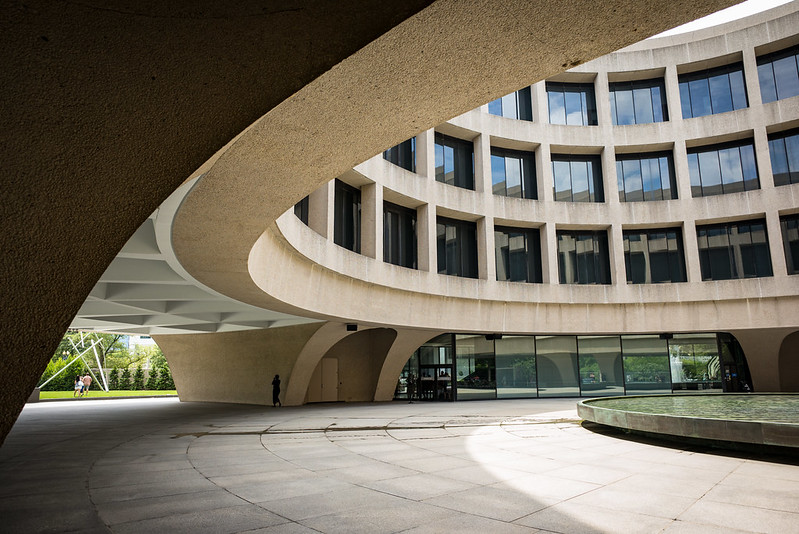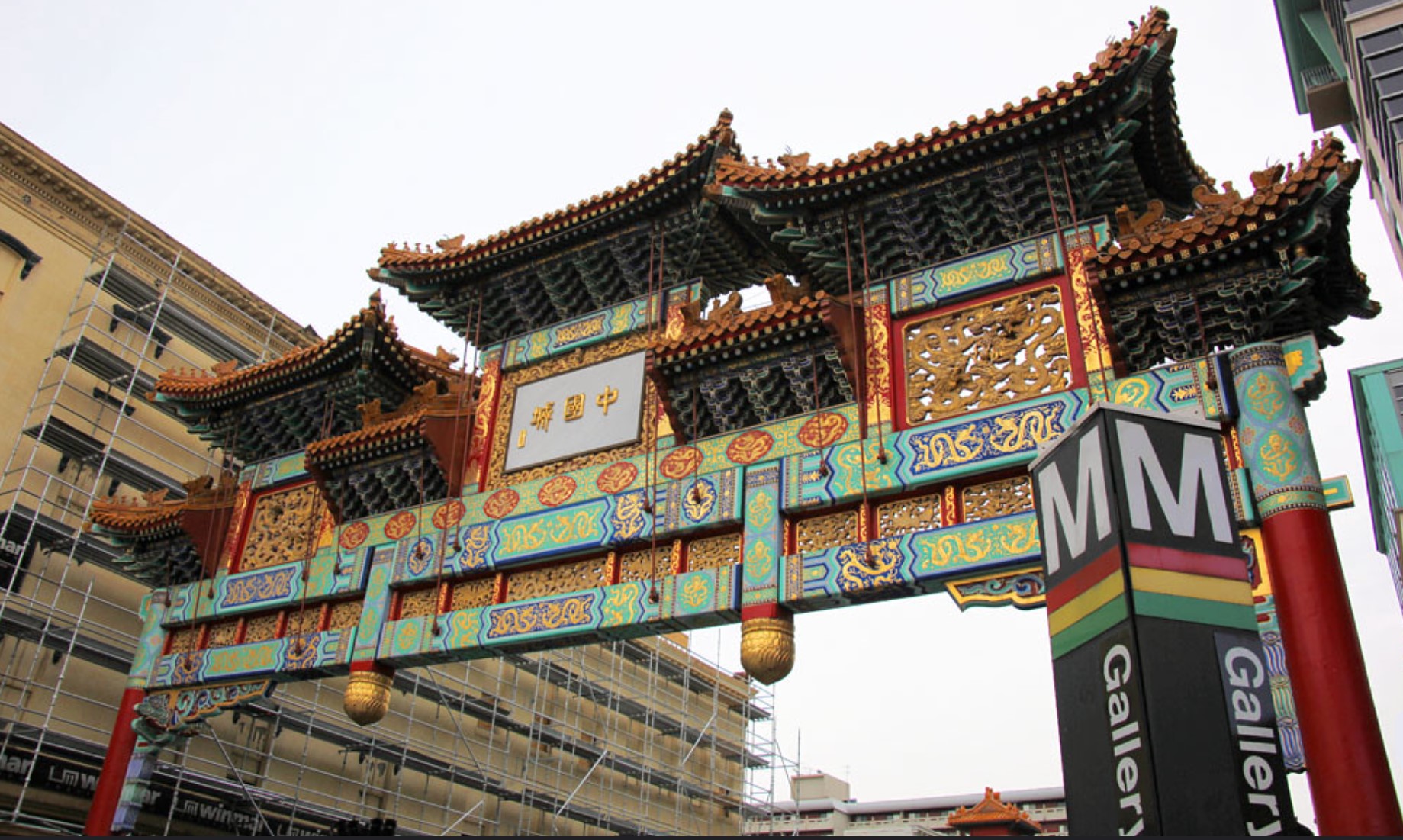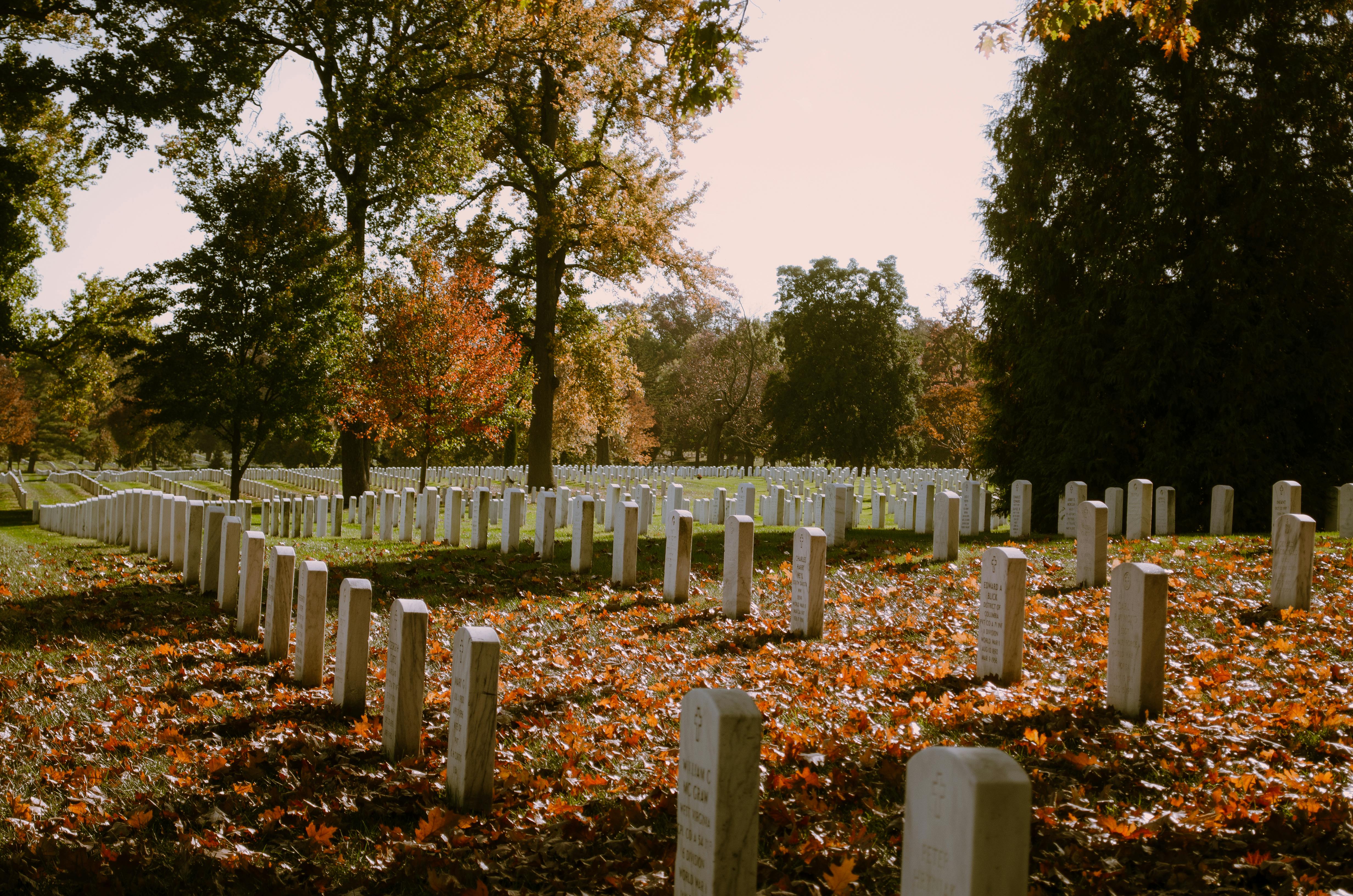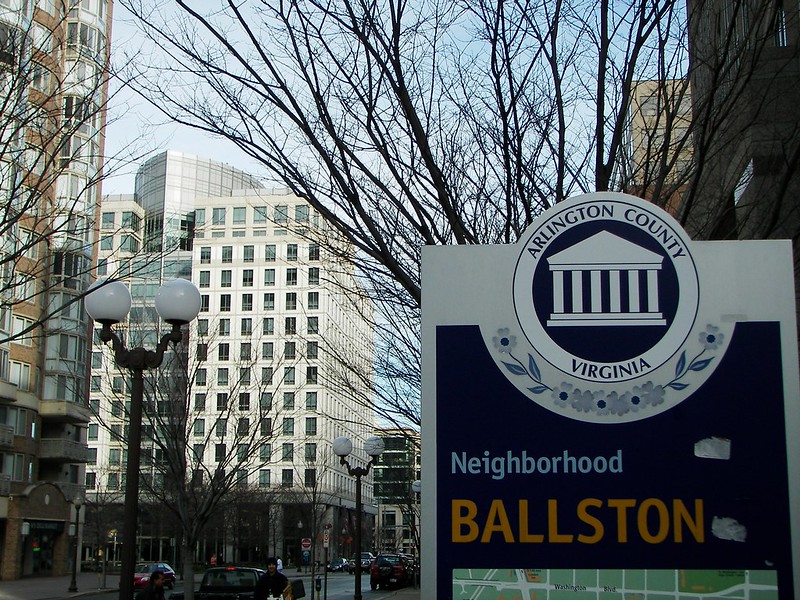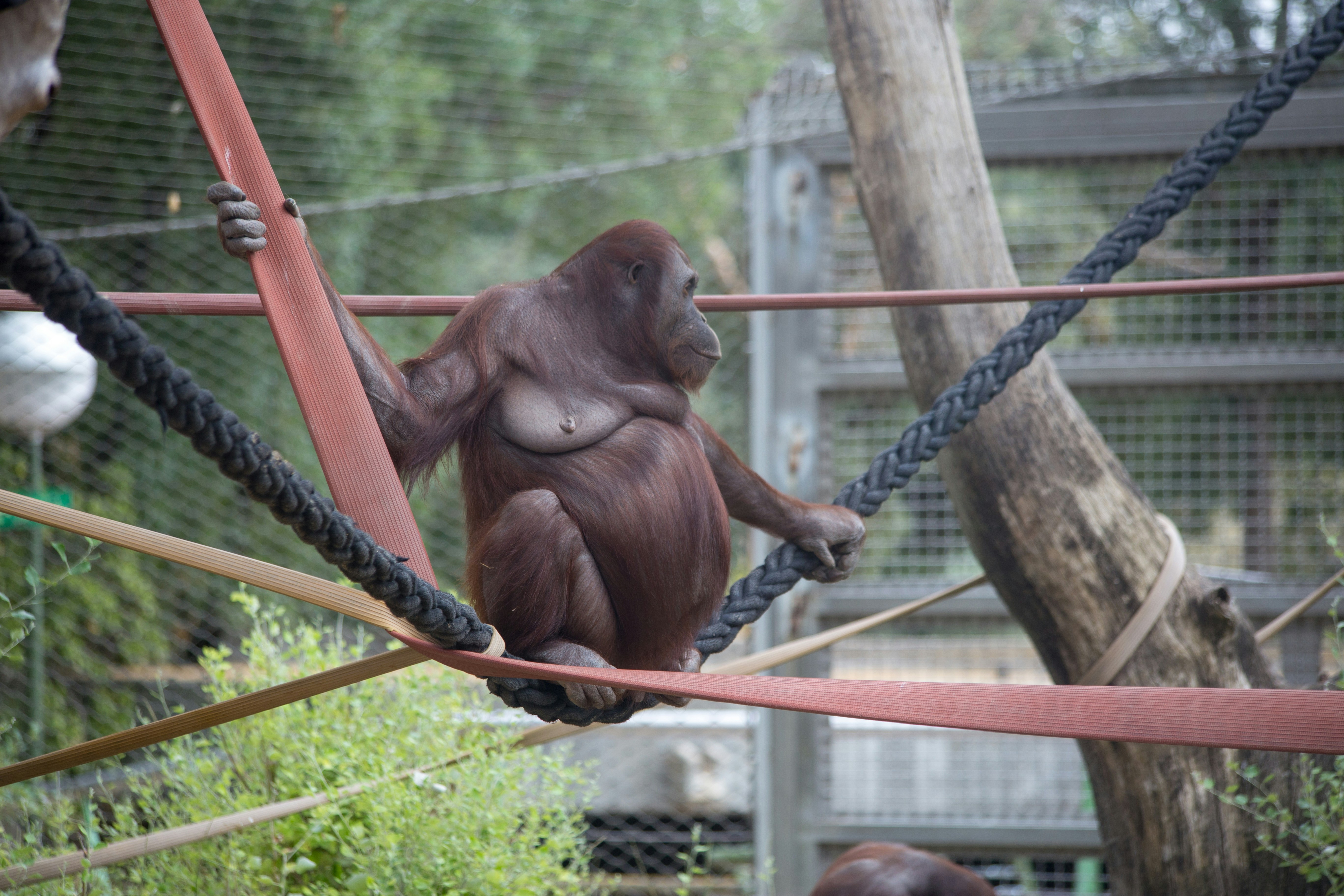
Breakfast: Van-Ness UDC
Walk north on Connecticut Avenue for 0.25 miles to Bread Furst, founded by Mark Furstenberg, 86, a longtime Washingtonian who received a James Beard Award for Outstanding Baker in 2017. Bread Furst bakes handcrafted breads, pastries, and other baked goods made with high-quality ingredients. “Some 800 baguettes a day fly out of the bakery on weekends” according to the Washington Post.
Morning: Woodley Park-Zoo
Giant Pandas returned to Washington DC on January 24 when Bao Li [BOW-lee] and Qing Bao [ching-BOW] made their public debut. Although pandas have been a mainstay for Zoo visitors over the decades there are also more than 1,500 other animals to admire. The National Zoo is free with plenty of indoor spaces to warm up on a cold day. Walk north on Connecticut Avenue for 0.25 to the main entrance
Lunch: Gallery Place Chinatown
Spanish-American chef Jose Andres is celebrated for his culinary achievements and his extensive humanitarian work. His non-profit organization, World Central Kitchen (WCK), has provided millions of meals to people in disaster-stricken areas worldwide. His relief efforts include responses to major hurricanes in Puerto Rico, the Bahamas, and the U.S., as well as feeding refugees and displaced individuals during the COVID-19 pandemic and the conflicts in Ukraine and Gaza. Try some small plates from the man with a big heart at Jaleo or Zaytinya, both located a few blocks from the Metro station.
Afternoon: NoMa Gallaudet-U
Union Market is a ten minute walk from the NoMa Metro station. It originally opened as a wholesale market in the 1930 and reopened in 2012,as a contemporary food and community hub. It is known for supporting small businesses, local farmers, and up-and-coming chefs. In addition to food, the market features unique retail shops selling locally made products, home goods, and crafts. Check out the witching hour candle from Salt and Sundry , hand crafted knives from District Cutlery or look into renting a plant from Jungle and Loom.
Dinner: Silver Spring
More Ethiopians live in the Washington, D.C., region than any other urban area outside of Addis Ababa, according to the Migration Policy Institute, a non-partisan think tank. Historically, most Ethiopian immigrants lived in the District, but more recently Downtown Silver Spring has become a “little Ethiopia” filled with Ethiopian and Eritrean-owned restaurants, coffee stores, markets, and nightclubs. From the station, head east on Wayne Avenue, cross Georgia Avenue and walk south to grab dinner at Langano or Betesub. On your way back to the station, head downstairs to the Quarry House Tavern, a hometown favorite with a laid back vibe and a vast beer menu.
